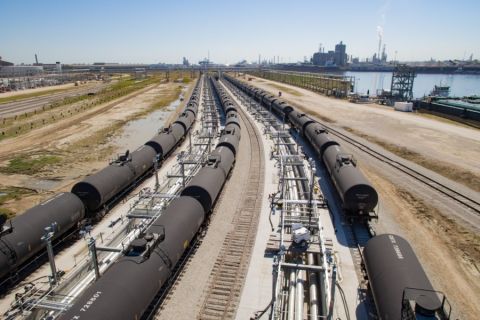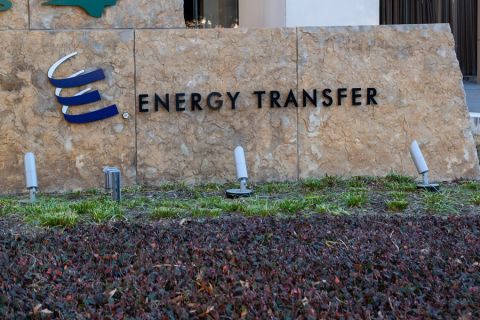The U.S. EPA on April 12 proposed sweeping emissions cuts for new cars and trucks through 2032, a move the agency says could mean two out of every three new vehicles automakers sell will be electric within a decade.
The proposal, if finalized, represents the most aggressive U.S. vehicle emissions reduction plan to date, requiring 13% annual average pollution cuts. The EPA is also proposing new stricter emissions standards for medium-duty and heavy-duty trucks through 2032.
EPA projects the 2027-2032 model year rules would cut more than 9 billion tons of CO2 emissions through 2055 - equivalent to more than twice total U.S. CO2 emissions last year.
The agency estimates net benefits through 2055 from the proposal range from $850 billion to $1.6 trillion. By 2032 the proposal would cost about $1,200 per vehicle per manufacturer but save an owner more than $9,000 on average on fuel, maintenance, and repair costs over an eight-year period.
"A lot has to go right for this massive - and unprecedented - change in our automotive market and industrial base to succeed," said John Bozzella, CEO of the Alliance for Automotive Innovation representing General Motors GM.N, Volkswagen VOWG_p.DE, Toyota 7203.T and others.
"Factors outside the vehicle, like charging infrastructure, supply chains, grid resiliency, the availability of low carbon fuels and critical minerals will determine whether EPA standards at these levels are achievable."
The proposal is more ambitious than President Joe Biden's 2021 goal, backed by automakers, seeking 50% of new vehicles by 2030 to be electric vehicles (EVs) or plug-in hybrids. Stellantis said it was "surprised that none of the alternatives align with the President’s previously announced target of 50% EVs by 2030."
The Biden administration is not proposing banning gasoline-powered vehicles but wants comments on whether it should extend emissions rules through 2035 and on other alternatives. Some environmental groups want EPA to set tougher rules, especially on heavy trucks.
"These standards are very ambitious and they track with the sense of urgency that the president and this administration have as we tackle the climate crisis," EPA Administrator Michael Regan said in a Reuters interview, declining to endorse setting a date to end the sale of new gasoline-powered vehicles. He emphasized the proposal is a "performance-based standard" and not an EV mandate.
Under the EPA proposal, automakers are forecast to produce 60% EVs by 2030 and 67% by 2032 to meet requirements - compared with just 5.8% of U.S. vehicles sold in 2022 that were EVs.
California in August moved to require all new vehicles sold in the state by 2035 be electric or plug-in electric hybrids, but must still seek an EPA waiver to proceed. Regan would not say how the EPA would react to a California request. "We'll be on the lookout for that if it were to ever come," he said.
Dan Becker, director of the Safe Climate Transport Campaign, said the EPA proposal should have been tougher.
"Automakers talk out of both sides of their tailpipes, promising electric vehicles while delivering mostly the same old gas-guzzlers and lobbying for weak, loophole-riddled rules," Becker said.
Under the proposal, EPA estimates 50% of new vocational vehicles like buses and garbage trucks could be EVs by 2032, along with 35% of new short-haul freight tractors and 25% of new long-haul freight tractors. Medium-duty vehicle rules are projected to cut emissions by 44% over 2026.
Recommended Reading
Canadian Railway Companies Brace for Strike
2024-04-25 - A service disruption caused by a strike in May could delay freight deliveries of petrochemicals.
Enterprise’s SPOT Deepwater Port Struggles for Customers
2024-04-25 - Years of regulatory delays, a loss of commercial backers and slowing U.S. shale production has Enterprise Products Partners’ Sea Port Oil Terminal and rival projects without secured customers, energy industry executives say.
Report: Crescent Midstream Exploring $1.3B Sale
2024-04-23 - Sources say another company is considering $1.3B acquisition for Crescent Midstream’s facilities and pipelines focused on Louisiana and the Gulf of Mexico.
Energy Transfer Announces Cash Distribution on Series I Units
2024-04-22 - Energy Transfer’s distribution will be payable May 15 to Series I unitholders of record by May 1.



